As I was rereading the first part of the previous article, I thought to myself, “Yes, there are still so many great Japanese-made capacitors that I haven’t introduced yet.” But this time, I’ll be focusing on foreign products... And what’s more, they’re from West Germany.
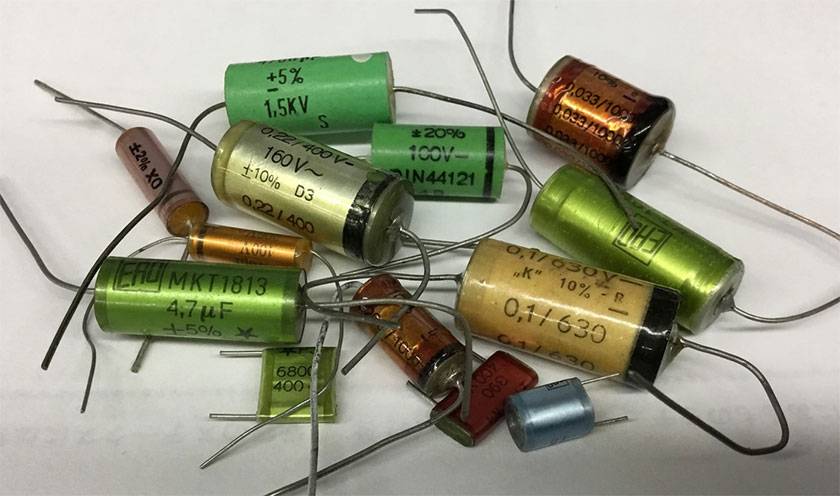
Let me reiterate: the world of capacitors is so deep and vast that it’s impossible to cover it all in just a few blog posts.
I intend to introduce only the truly outstanding pieces that I think are worth knowing about.
Now, when the Berlin Wall fell in November 1989, the “Made in W. Germany” label disappeared from all products.
From 1961 to 1989, during 28 years of economic boom, many exceptional industrial products and electronic components were born in West Germany.
To give you an idea of just how great these products were, consider this: even in the most remote areas today, you often see Porsches, Mercedes-Benz, BMWs, and Volkswagens. This alone shows that the country produced excellent products. These high-performance, highly reliable cars all originated in West Germany.
In a nutshell, West German craftsmanship shares similarities with Japanese manufacturing—it’s precise and free of unnecessary elements.
Yet, it’s also high-performing. Once they achieve the performance goal, they don’t add unnecessary margins. If this were the USA, there would be unnecessary over-specification (which, however, contributes to the ample sound quality and durability).
First, take a look at this.
This is the capacitor that got me hooked.
■ ERO FOLⅡ
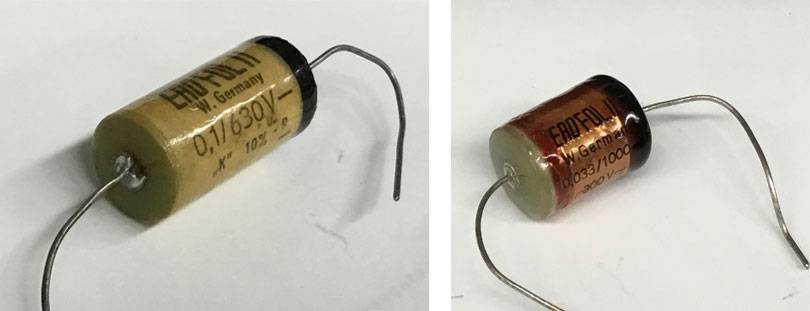
When I first saw this capacitor, I thought, “What a cool-looking capacitor.” It felt like it was saying, “Use me! I’ll give you the best sound!!” The design was so impressive that I found myself standing in the shop, gazing at it while holding it.
In retrospect, I must have looked like a weirdo (you sometimes see similar people in Akihabara).
Rarely does a capacitor so perfectly embody the word ‘vintage’.
With a vintage look and feel, it’s not just old but also boasts performance and reliability on par with current products. Unlike some capacitors that come with disclaimers like “Not for high-voltage use” or “Not suitable for amplifiers”, this one was proudly sold as a replacement part.Though the series transitioned to the KT-1800 model number, with color variations over time, the sound quality remained unchanged.
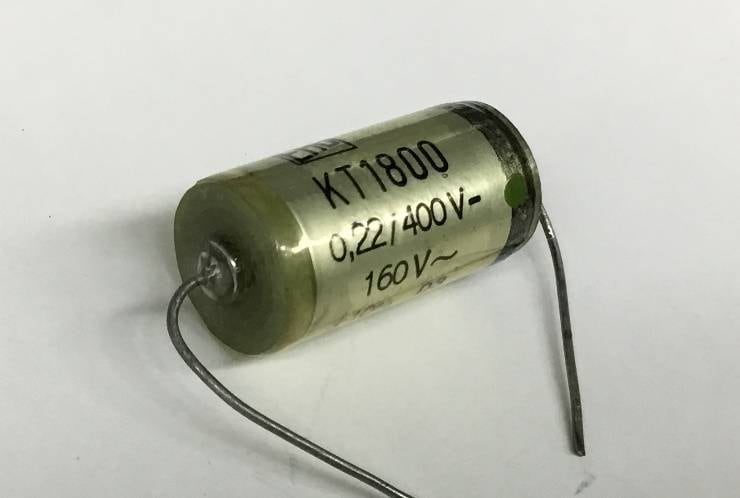
In short, it offers a “nostalgic lo-fi sound”.
Lo-fi doesn’t mean poor sound quality; this capacitor has its unique flavor.
There’s a nostalgic vibe, like watching a shadow play of a rural landscape, with subtle flashes of vibrant tones that never dominate. I tried using it for high-cut in a distortion pedal, and although the values were the same, when I swapped out the ceramic capacitor with this one, the sound changed dramatically.
■ ERO MKT-1813
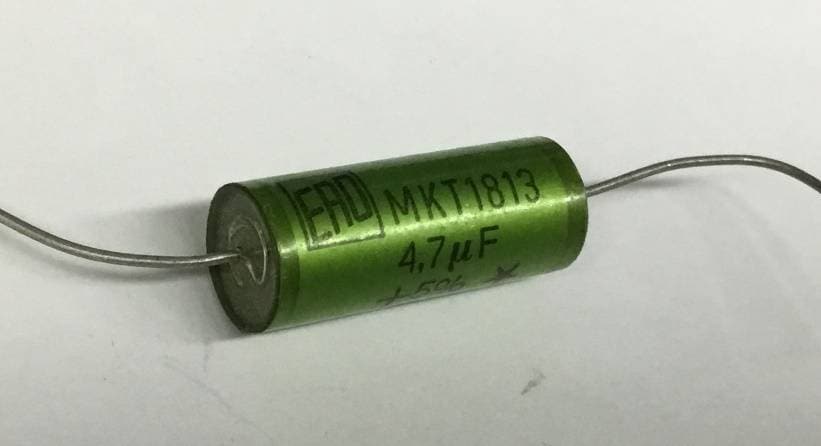
Currently, the most widely produced axial-lead (tubular) capacitor from ERO.
The body color has evolved over time from champagne gold to see-through green to yellow.
It’s a general-purpose capacitor with a wide range of capacitance and voltage ratings, used in everything from speaker networks to coupling in various devices.
The sound quality is “bright, straightforward, and honest”, much like the profile of a woman seeking marriage.
This is probably why it’s widely used and consistently delivers results.
In other words, “you can’t go wrong” with it.
However, I once replaced all the coupling capacitors in a Fender Hot Rod Deluxe with these MKT-1813s (yellow) and found the amp’s sound to be quite dull.
The characteristic deep, sultry richness of Fender’s tone was completely gone, replaced by a clear, straightforward sound, almost like a transistor amp.
Whether this is good or bad depends on the user’s preference, but to me, it felt like, “Does it really need to be a Fender?” That said, the noise was minimal, and the sound was sharp and refined, though I prefer a fuller, rounder tone.
■ ERO KC-1853
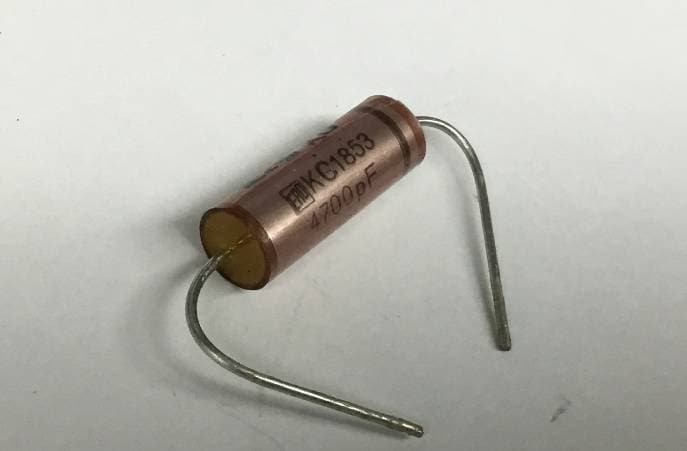
This capacitor seems to be made specifically for Hi-Fi equipment, with its vivid high tones and crisp aftertaste (and no, it’s not beer).
Even the harmonics of the playback benefit from this capacitor, producing a beautiful, transparent sound.
It’s a masterpiece non-inductive capacitor that uses polycarbonate as the dielectric material.
I often use it in preamp tone circuits or guitar high-pass circuits when I want deeper, more vivid sound imaging.
While I have a lot of trust in this capacitor, it’s unfortunately a bit hard to find, and there aren’t many variations available.
■ ERO KP-1834
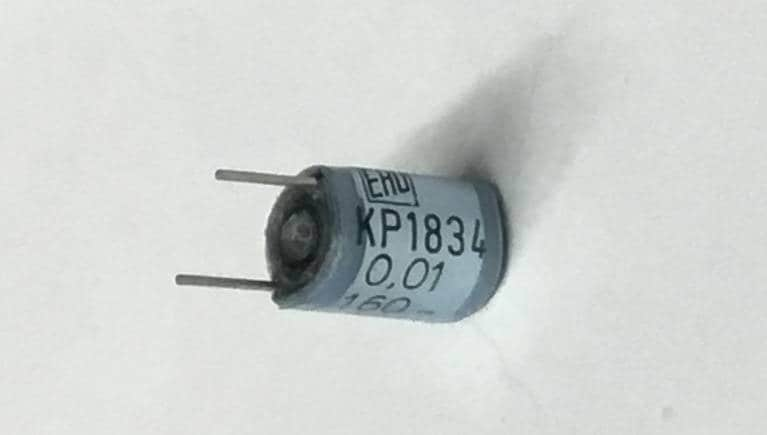
This is a polystyrene capacitor (what we call ‘Stycon’ in Japan).
Being an inductive type, its high-frequency characteristics are slightly inferior to non-inductive types, but neither humans nor dogs could discern the difference.
It seems that high-voltage versions are also available, making them very useful for filter correction or high-pass (especially in tube amps).
I originally liked using Japanese-made Stycons, such as those from Noble or Fuji, as well as copper foil Stycons available in Akihabara, but after acquiring the KP-1834, I stopped using other Stycons.
I had always felt uneasy about the flimsy legs of Japanese Stycons when mounting them on a board, and their heat sensitivity was another downside. However, the KP-1834 has sturdy flat plate-like lead wires extending from the internal electrodes, which provides a great sense of security.
Additionally, the flat lead wires prevent gaps in the film winding, resulting in minimal capacitance variation.
This is the kind of excellent craftsmanship you can expect from West Germany.
Its sound is slightly soft and natural, making it a favorite for use in Strat high-pass circuits.
It also works wonderfully for high-pass circuits in old Marshall amps.
This has been a brief introduction to West German-made Roederstein (ERO) capacitors.
Next post is the Bonus Edition (Yes, the series goes on).
I’ll cover some rare and exotic capacitors from around the world that even the most dedicated capacitor enthusiasts might not have seen or heard of.
If you’re eagerly waiting for that, then you’re already waist-deep in this swamp.






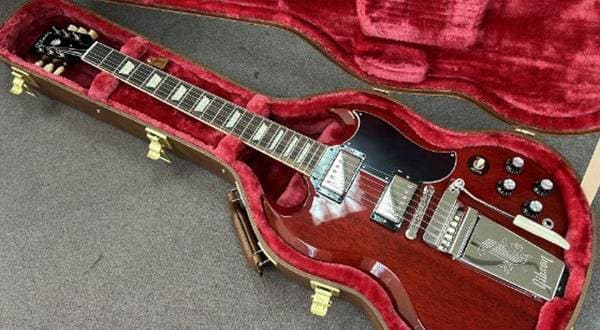
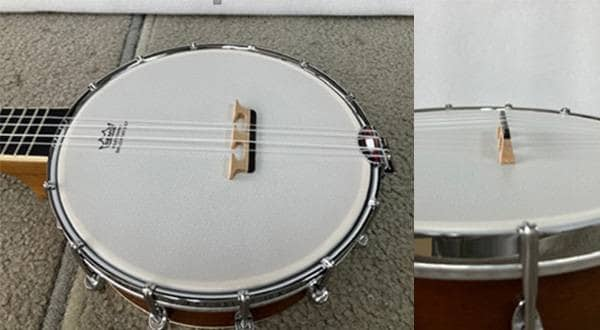
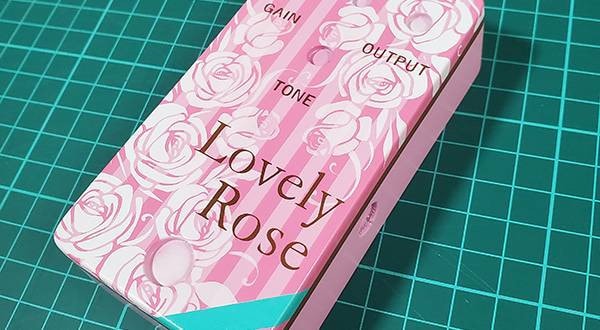
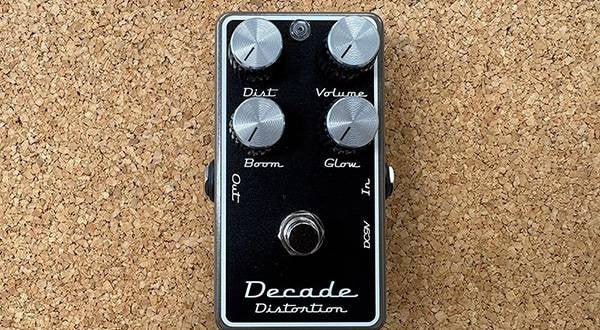
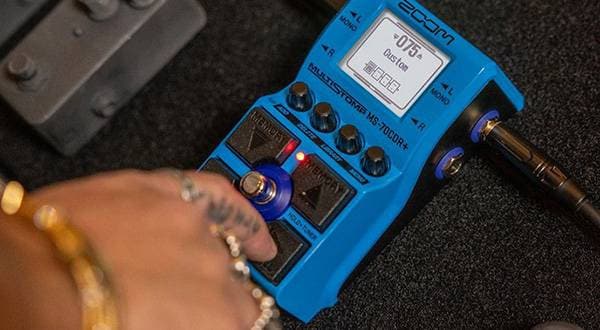
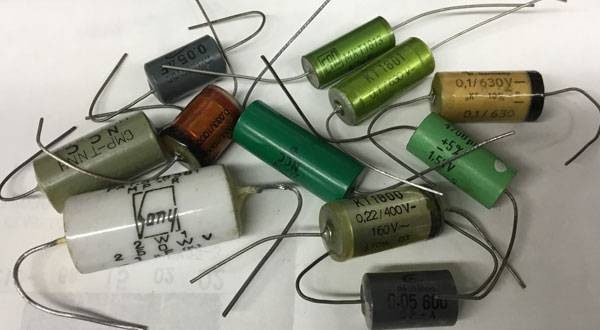
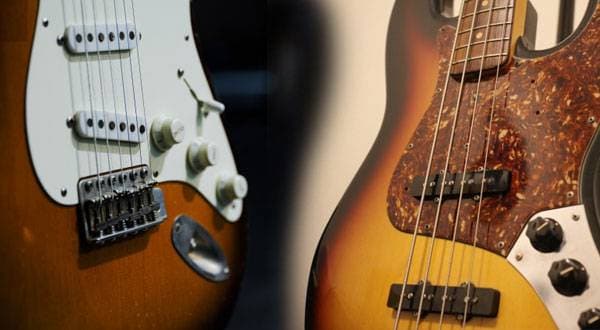
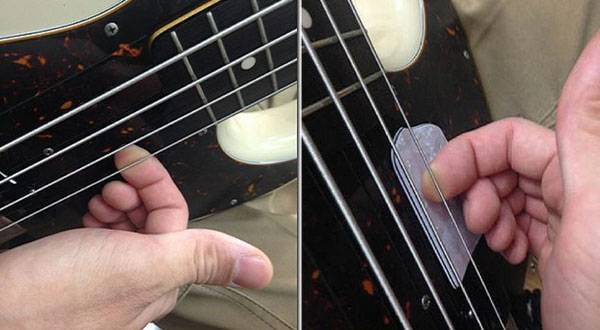
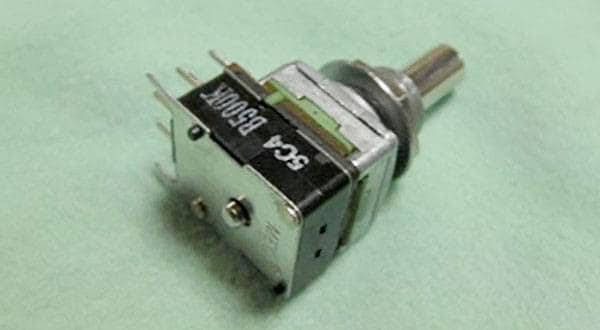
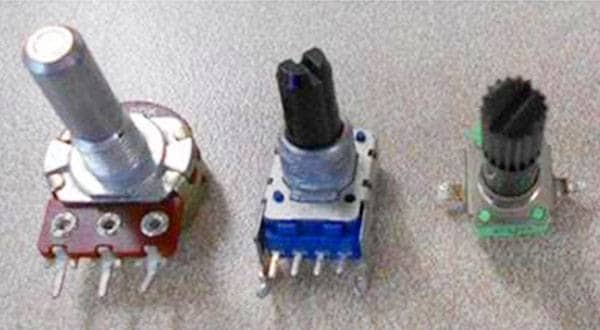
 DIY ギターメンテナンス
DIY ギターメンテナンス
 配線カスタマイズ 第1回
配線カスタマイズ 第1回
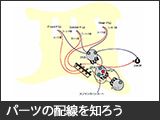 パーツの配線を知ろう
パーツの配線を知ろう
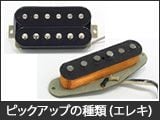 ピックアップの種類(エレキギター)
ピックアップの種類(エレキギター)
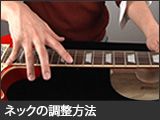 ネックの調整方法
ネックの調整方法
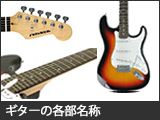 ギターの各部名称
ギターの各部名称















